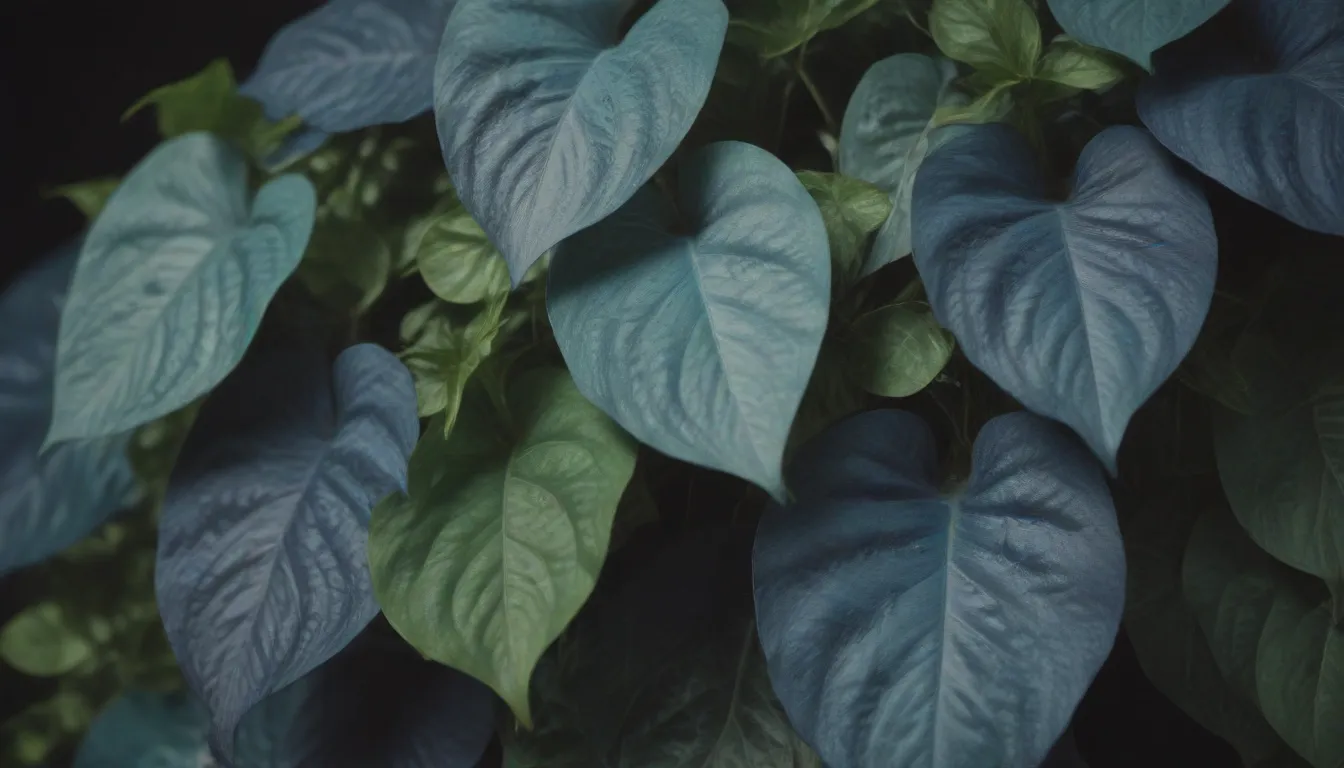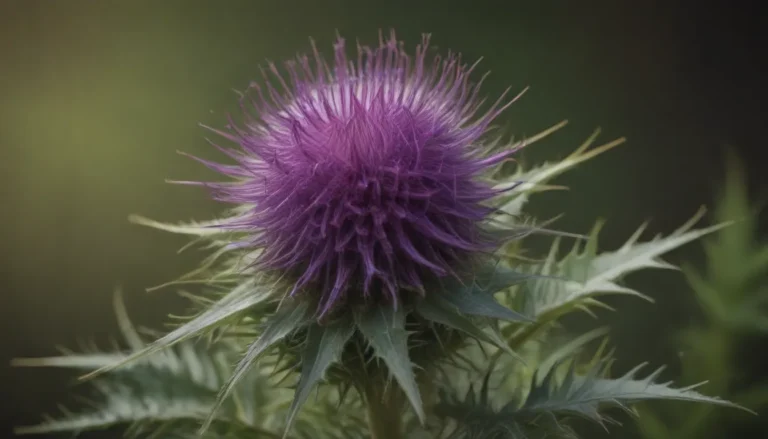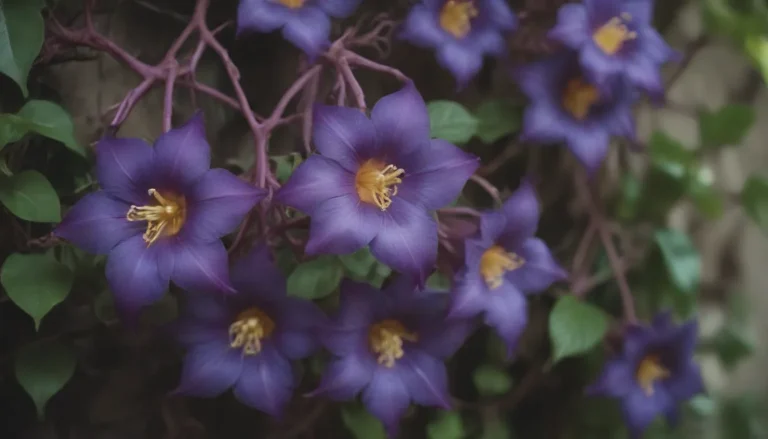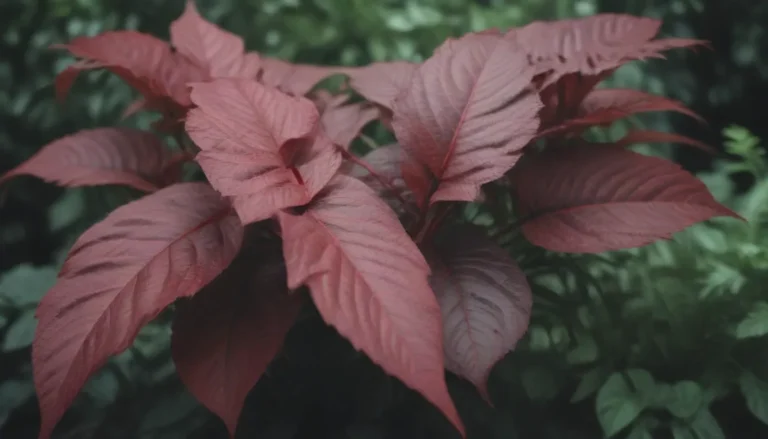Baltic Blue Pothos: A Complete Care Guide

Are you a fan of houseplants but looking for something a little different to add to your collection? The Baltic blue pothos might just be the plant for you! This fast-growing beauty features stunning deep blue-green leaves that fenestrate as it matures, adding a unique touch to any indoor space. In this comprehensive care guide, we’ll cover everything you need to know to help your Baltic blue pothos thrive.
Getting to Know the Baltic Blue Pothos
Before we dive into the care requirements, let’s take a closer look at what makes the Baltic blue pothos a standout plant for your home. Here are some key features of this beautiful variety:
- Large, deep blue-green leaves that fenestrate as the plant matures.
- Requires warm, slightly above-average humid conditions.
- Thrives in indirect light.
- Toxic to humans and pets, especially cats.
Baltic Blue Pothos Care Guide
Now, let’s explore the essential care requirements for ensuring your Baltic blue pothos remains happy and healthy in your home.
Light
Baltic blue pothos thrives in medium to bright indirect light, although it can tolerate low light conditions. To help your plant reach its full potential, consider the following tips:
– Place your plant in an east- or north-facing window for optimal light exposure.
– Avoid harsh direct sunlight, as this can cause leaf burn.
Soil
Choosing the right soil mix is crucial for the health of your Baltic blue pothos. Consider the following recommendations:
– Opt for a soil mix that retains some moisture while also being well-draining.
– A blend of indoor potting soil and perlite works well, or consider adding orchid bark mix for extra aeration.
Water
Proper watering is key to keeping your Baltic blue pothos thriving. Follow these guidelines:
– Allow the soil to almost completely dry out between waterings.
– Water thoroughly when the soil is dry and the leaves start to droop slightly.
– Remember, it’s better to underwater than overwater your plant to prevent root rot.
Temperature and Humidity
Maintaining the right temperature and humidity levels is essential for the well-being of your Baltic blue pothos. Here’s what you need to know:
– Keep your plant in temperatures above 55 degrees Fahrenheit.
– Aim for average to slightly higher humidity levels (around 60 percent).
– Consider using a small humidifier or a pebble tray to increase humidity, but avoid misting the plant directly.
Fertilizer
Fertilizing your Baltic blue pothos appropriately will help promote healthy growth. Follow these guidelines:
– Fertilize once a month during the active growing season (spring and summer) with a balanced liquid fertilizer diluted to half strength.
– Pause fertilization during the fall and winter months when the plant enters dormancy.
Additional Care Tips
Pruning
While pruning is not necessary for Baltic blue pothos, it can help control growth and maintain the plant’s appearance. Here’s what you need to know:
– Trim back leggy stems to encourage new growth and maintain a fuller shape.
Propagating
Propagating your Baltic blue pothos is a fun way to expand your plant collection. Follow these steps for successful propagation:
– Root stem cuttings in water during the spring or summer for best results.
– Propagation can be done at any time of the year, but optimal conditions are during the plant’s active growing seasons.
Potting and Repotting
Knowing when and how to repot your Baltic blue pothos is crucial for its continued health. Keep these tips in mind:
– Repot your plant only once a year (or every two years depending on growth) to prevent stress.
– Look out for signs of root overcrowding, such as roots protruding from drainage holes or bulging from the soil surface.
Common Pests and Diseases
While Baltic blue pothos are relatively pest-resistant, they can still encounter common issues. Watch out for the following:
– Keep an eye out for pests like spider mites, thrips, scale, and mealybugs.
– Watch for signs of fungal problems, such as stem and root rot from overwatering.
Troubleshooting Common Problems
Yellow Leaves
Yellow leaves can indicate various issues with your Baltic blue pothos. Consider the following causes and solutions:
– Adjust watering and light conditions to prevent yellowing.
– Check for pests like spider mites and thrips as potential causes.
Brown Spots on Leaves
Brown spots on leaves are typically caused by underwatering or low humidity. To address this issue:
– Ensure your plant is not receiving intense sunlight.
– Monitor watering practices and increase humidity if needed.
Leaves Aren’t Fenestrating
If your Baltic blue pothos isn’t developing fenestrations, it may be lacking adequate light. Take these steps to encourage proper growth:
– Move your plant to a brighter location to stimulate fenestration.
– Be patient, as it may take some time for your plant to mature and develop fenestrated leaves.
Conclusion
Caring for a Baltic blue pothos is a rewarding experience that can bring a touch of natural beauty into your home. By providing the right light, soil, water, and attention to detail, you can help your plant thrive and enjoy its stunning blue-green leaves. Remember, each plant is unique, so observe and adjust your care routine as needed to ensure the best outcomes for your Baltic blue pothos. Happy growing!





